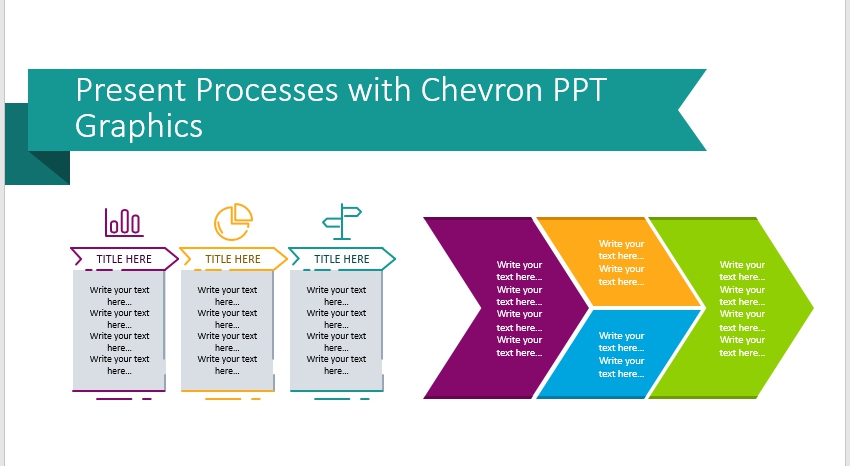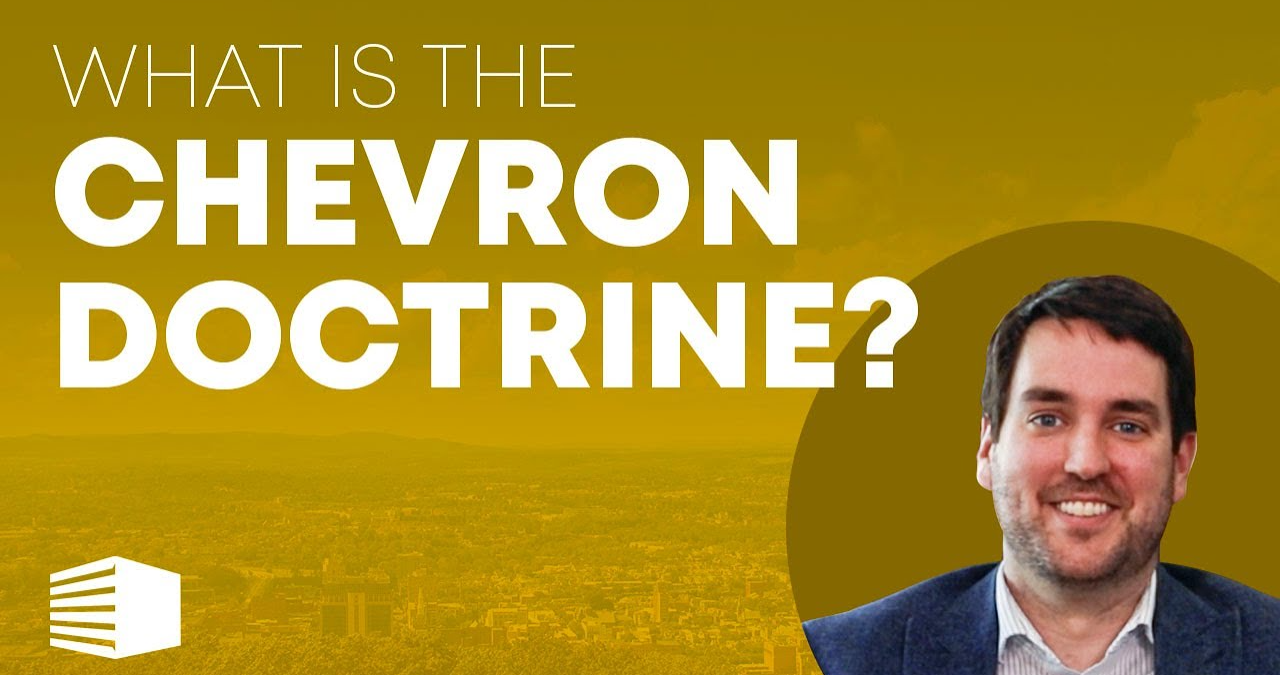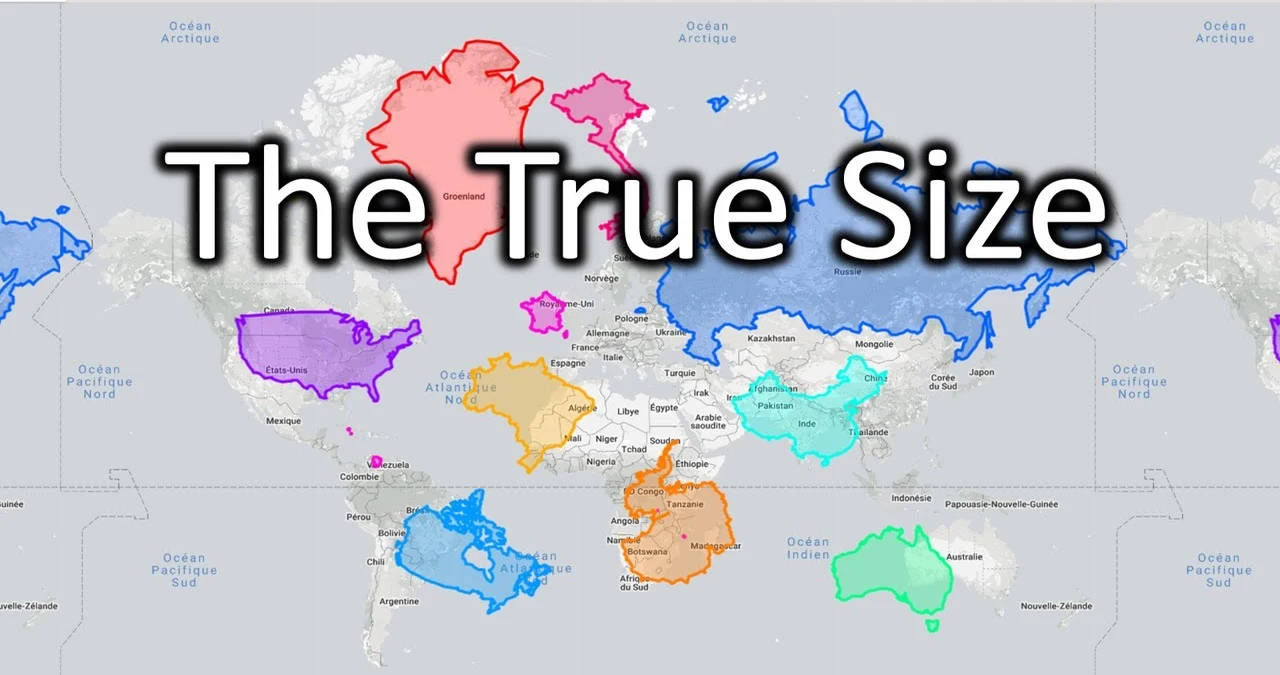Discover the Chevron Doctrine for Dummies explained in plain English. Learn how it impacts federal law, the courts, and agencies. A simple, expert-level guide designed for easy understanding.
Introduction to the Chevron Doctrine
If you’ve ever wondered how government agencies in the U.S. have the power to interpret laws and create rules, you’re not alone. The Chevron Doctrine is one of the biggest legal principles behind that power, but it often flies under the radar unless you’re a law student or government insider. Don’t worry, though. This guide is here to break it down for you in the most digestible way possible.
The Chevron Doctrine isn’t about gas stations or oil companies. It stems from a famous 1984 Supreme Court case, Chevron U.S.A., Inc. v. Natural Resources Defense Council, Inc. The ruling in this case changed how courts review interpretations of federal laws by agencies like the Environmental Protection Agency (EPA), Food and Drug Administration (FDA), and many others.
What is the Chevron Doctrine?
The Chevron Doctrine is a legal principle that says if a law passed by Congress is vague or ambiguous, courts should defer to the interpretation of the federal agency responsible for enforcing that law—as long as the agency’s interpretation is reasonable.
This means that when Congress writes a law that isn’t super clear, it often falls on agencies to fill in the blanks. Courts will usually let the agency decide how best to interpret and apply that law. This principle helps keep the government running smoothly and prevents courts from second-guessing every little decision an agency makes.
In practice, the Chevron Doctrine has empowered federal agencies with a lot of decision-making authority. It acknowledges that these agencies often have more expertise than judges in technical fields like environmental protection, health, or telecommunications.
The Origin Story: Chevron v. NRDC
To really understand the Chevron Doctrine, you need to know the story behind it. The case that gave birth to the doctrine involved the Environmental Protection Agency and a fight over air pollution regulations. The Natural Resources Defense Council (NRDC) challenged an EPA rule about what counted as a “stationary source” of pollution under the Clean Air Act.
The case made its way to the Supreme Court, which ruled in favor of Chevron (and the EPA). The Court said that because the law wasn’t crystal clear, the EPA had the right to interpret it in a reasonable way. Chevron Doctrine for Dummies This was a pivotal moment in administrative law, as it established a clear two-step test for deciding when courts should defer to an agency’s interpretation.
This two-step test became the foundation of the Chevron Doctrine. It may sound simple, but it has had a huge impact on the balance of power between the legislative, executive, and judicial branches.
Breaking Down the Chevron Two-Step Test

At the heart of the Chevron Doctrine is a two-step test used by courts. Don’t worry—it’s not as scary as it sounds. Here’s what it looks like:
Step One: Has Congress spoken clearly on the issue? If the law is clear, then that’s the end of the story. Courts and agencies must follow what Congress wrote.
Step Two: If the law is ambiguous, is the agency’s interpretation reasonable? If the answer is yes, the court defers to the agency.
This test gives agencies a lot of leeway in areas where the law isn’t specific. And let’s face it—laws are often vague, either by accident or by design. That’s where the Chevron Doctrine shines, allowing expert agencies to do what they do best.
The reason this test works is that it recognizes the complexity of modern governance. Judges aren’t scientists, economists, or public health experts. When a law needs interpretation, it often makes more sense for specialized agencies to take the lead.
Why Does the Chevron Doctrine Matter?
You might be thinking, “Why should I care about some legal test from the ‘80s?” The truth is, the Chevron Doctrine affects almost every aspect of American life. From workplace safety to clean drinking water, federal agencies shape our world more than you might realize.
Let’s say the Department of Labor wants to clarify a rule about overtime pay. If the law from Congress is vague, the department can interpret it in a way that makes sense for today’s workforce. Thanks to Chevron, courts usually won’t step in to override that interpretation unless it’s totally off-base.
The doctrine also affects industries and businesses. Regulations around pollution, financial practices, food safety, and more often come from agencies that interpret broad Congressional mandates. Whether you’re a business owner or a consumer, Chevron’s impact is real.
Critics and Supporters of the Chevron Doctrine
Not everyone loves the Chevron Doctrine. Some legal scholars, judges, and politicians argue that it gives too much power to unelected bureaucrats. They say it undermines the role of the courts and lets agencies stretch their authority beyond what Congress intended.
Critics often fall into the camp of wanting stronger judicial oversight. They believe courts should be the ultimate interpreters of the law, not agencies. These critics tend to be more common in conservative legal circles, where there’s a strong focus on limited government.
On the other hand, supporters argue that agencies have the technical expertise to interpret complex laws. They say Chevron promotes efficiency, consistency, and adaptability. After all, laws can’t predict every future situation. Agencies are in a better position to adapt regulations as society and technology evolve.
Real-World Examples of Chevron in Action
One great example involves the Clean Air Act. The EPA has had to interpret what counts as a “pollutant” and how strictly to regulate emissions. Courts often defer to the EPA’s interpretation under Chevron, allowing the agency to tackle climate change more aggressively.
Another case involved the FCC and internet regulations. When the Federal Communications Commission tried to enforce net neutrality rules, it leaned on vague language in the Telecommunications Act. Courts had to decide whether to apply Chevron deference—and in some instances, they did.
These examples show how Chevron Doctrine shapes major policy debates. It’s not just a legal theory; it has a concrete effect on how rules are written and enforced.
Is the Chevron Doctrine Still Alive?
The legal landscape is changing. In recent years, the Supreme Court has shown less enthusiasm for Chevron deference. Some justices have called for its reconsideration or even its complete overturning. They argue that it shifts too much power away from judges.
Despite this, lower courts still apply Chevron in many cases. It’s part of the legal DNA of administrative law, and unless the Supreme Court officially scraps it, it will continue to play a role. Still, the doctrine’s future remains uncertain, especially as new justices join the bench.
If the Chevron Doctrine were overturned, it would mark a major shift in the balance of power. Agencies would have less freedom to interpret laws, and courts would become more active in shaping policy. That might sound good to some, but it could also mean more legal battles and slower rulemaking.
Chevron Doctrine vs. Other Legal Doctrines
Chevron isn’t the only game in town. There are other doctrines courts use to review agency actions. One is the Skidmore deference, which is weaker than Chevron. It says a court should give weight to an agency’s interpretation based on its persuasiveness, not its authority.
Then there’s Auer deference, which deals with how agencies interpret their own regulations. Like Chevron, it gives agencies leeway, but it’s under even more scrutiny by courts these days. There’s also the major questions doctrine, which says courts shouldn’t defer to agencies on really big issues unless Congress clearly said so.
Comparing these doctrines helps show how much Chevron has influenced legal thinking. It’s been the default standard for decades, but it’s not alone. Understanding the differences gives you a fuller picture of how laws are interpreted and enforced.
Chevron Doctrine in Politics and Public Debate

The Chevron Doctrine often pops up in political debates, especially around big regulatory moves. When a new administration comes in and changes agency policies, Chevron can determine whether those changes stick. That makes it a hot topic in both Congress and the courts.
Politicians from both sides of the aisle have used Chevron to push their agendas. Some want to strengthen it to protect progressive regulations. Others want to weaken or eliminate it to limit government overreach. That tension makes Chevron a recurring theme in confirmation hearings, legislative battles, and public discourse.
In recent years, the rise of the so-called “administrative state” has become a talking point among conservatives. They argue that agencies have become too powerful and unaccountable. Chevron often becomes a symbol in these debates, standing for a broader struggle over who really holds the reins of power in Washington.
Table: Chevron Doctrine at a Glance
| Aspect | Description |
|---|---|
| Origin | Chevron v. NRDC (1984) |
| Purpose | Guide courts on deferring to agency interpretations |
| Step One | Is the law clear? |
| Step Two | If not, is the agency’s view reasonable? |
| Supporters | Favor agency expertise and flexibility |
| Critics | Prefer judicial interpretation and limits on agency power |
| Current Status | Still applied, but under scrutiny by the Supreme Court |
Famous Quotes About Chevron Doctrine
“When Congress leaves ambiguity in a statute meant for implementation by an agency, there is an implicit delegation to the agency to fill in the gaps.” — Justice John Paul Stevens
“Chevron deference has become a fundamental pillar of the modern administrative state.” — Legal Scholar Cass Sunstein
These quotes capture the central tension of the doctrine. Is it a necessary delegation of power, or a dangerous abdication of judicial responsibility?
FAQs About the Chevron Doctrine
What is the Chevron Doctrine in simple terms? The Chevron Doctrine says courts should let agencies interpret unclear laws as long as their interpretation is reasonable. It’s a way to help government function smoothly.
Why is the Chevron Doctrine important? It shapes how laws are applied in real life by giving agencies the flexibility to interpret them. This affects everything from environmental rules to workplace safety standards.
Who decides if a law is ambiguous? Courts make that call. If they find the law to be ambiguous, they move to the second step of the Chevron test.
Is the Chevron Doctrine still used? Yes, but it’s under increasing scrutiny. The Supreme Court has been less likely to apply it in recent years, and some justices want to end it.
Can Congress override the Chevron Doctrine? Not directly, but Congress can write laws more clearly or include provisions that limit agency interpretation.
Does the Chevron Doctrine give too much power to agencies? That’s a common criticism. Supporters argue that agencies are best equipped to interpret technical laws, while critics think courts should play a bigger role.
Conclusion: Why It Still Matters
Even if you’ve never heard of the Chevron Doctrine before today, it’s been shaping your life in all kinds of invisible ways. From environmental protections to healthcare rules, this doctrine has given agencies the power to act when Congress is vague or silent.
While the legal world debates its future, the Chevron Doctrine remains a cornerstone of how modern government works. Whether you support it or not, understanding it is key to grasping how policy becomes reality in the United States.




